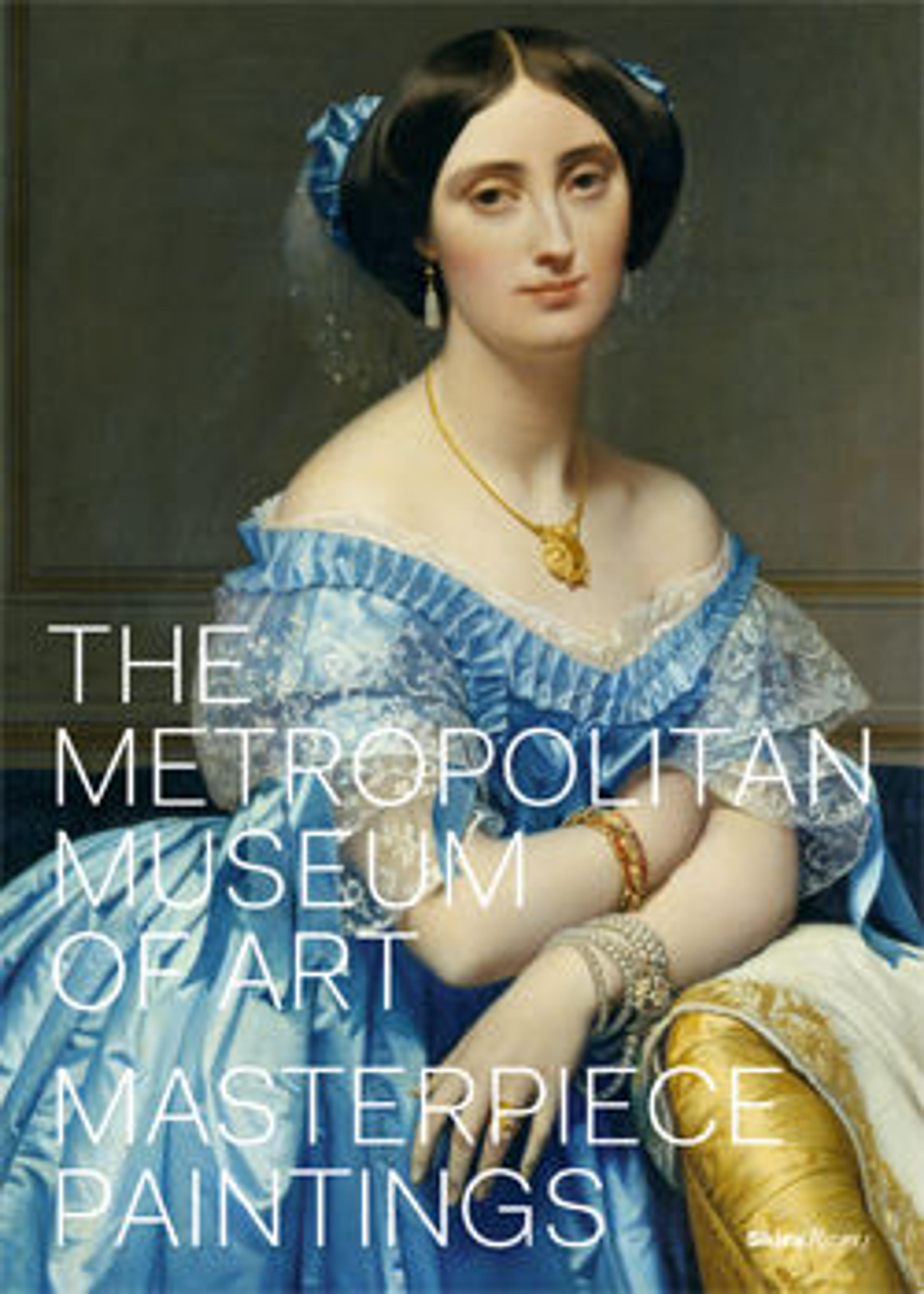Rose and Nightingale (gul-u-bul-bul) Drawing
In this drawing, a rich assemblage of birds gather in the branches of a blossoming tree and a pair of partridges stand on the mound of earth below. The gul-o-bul-bul, or rose and nightingale, motif was employed in both Persian literature and painting. In poetry, the two stood in for the beloved and the loved, entwined in either an earthly or divine union. In art, the motif appeared on all types of objects, and during the Qajar period proliferated to the extent that it came practically to symbolize the country itself. It became especially popular among European collectors, who demanded goods and albums decorated with this motif. Shiraz, where this drawing might have been made, was an important center for the production of architectural tiles in this genre as well.
Artwork Details
- Title:Rose and Nightingale (gul-u-bul-bul) Drawing
- Date:late 19th century
- Geography:Attributed to Iran, possibly Shiraz
- Medium:Ink and watercolor on paper
- Dimensions:H. 21 7/16 in. (54.5 cm)
W. 16 15/16 in. (43 cm)
Mat: H. 25 1/2 (64.8 cm)
W.19 1/2 in. (49.5 cm) - Classification:Codices
- Credit Line:Purchase, Elizabeth S. Ettinghausen Gift, in memory of Richard Ettinghausen, 1993
- Object Number:1993.98
- Curatorial Department: Islamic Art
More Artwork
Research Resources
The Met provides unparalleled resources for research and welcomes an international community of students and scholars. The Met's Open Access API is where creators and researchers can connect to the The Met collection. Open Access data and public domain images are available for unrestricted commercial and noncommercial use without permission or fee.
To request images under copyright and other restrictions, please use this Image Request form.
Feedback
We continue to research and examine historical and cultural context for objects in The Met collection. If you have comments or questions about this object record, please contact us using the form below. The Museum looks forward to receiving your comments.
